LONG TERM COURSES
DISCOVER THE SOFT PASTEL TECHNIQUE (Beginner-interm)
Duration : 1-3 months Level : beginners-intermediary Schedule : Mon 6.00-8.00 p.m or Tues. or Wed. 6.50 p.m-8.35 p.m or Fri. 9.45-12.00 a.m.
FLOWERS
You like the soft and blended pastel ? For beginners or more advanced persons who want to learn more about soft-pastel. In this course we focus on flowers.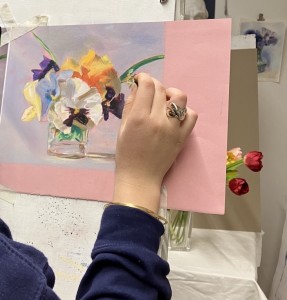
- Learn how use pastel in various ways contrasted, shaded, dry or pasty,
- Explore how to obtain the velvety and soft effects of the petal.
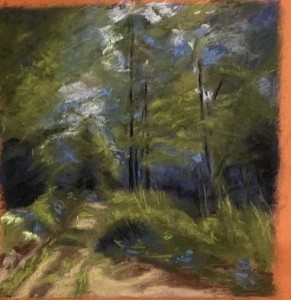
LANDSCAPE
- Use the various greens that make up a landscape
- See which particular colors papers depending on the palette
- Enjoy plenty of personalized attention in a small-group class with a warm atmosphere
- Learn from a professional trained and working artist in a private Artist Studio nearby museums like the Accademia, S.Marco, Museo degli Innocenti
EXPLORE SOFTS PASTELS (Advanced)
Duration : 1-3 months Level : beginners-intermediary Schedule : Mon 6.00-8.00 p.m- or Tues. or Wed. 6.50 p.m-8.35 p.m or Frid. 9.45-12.00 a.m.
STILL-LIFE
You’re already familiar with using soft pastels but you would like to learn more about this technique? In this course.
- Learn how pastel can be worked on the cut, or on the tip, shaded or superimposed, thus obtaining various layers of color and rendering the surfaces of objects from life, whether they are made of tin, metal, or glass.
- Enjoy drawing from life
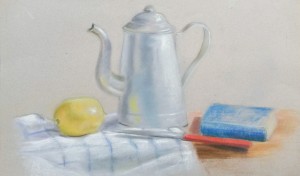
- Discover which paper and more specific backgrounds use depending on the subject Enjoy plenty of personalized attention in a small-group class with a warm atmosphere
- Learn from a professional and classically trained and working artist in her private Studio nearby museums like the Accademia, S.Marco, Museo degli Innocenti
THE PORTRAIT & NUDE
- Explore the palette of the skin in the nude and the portrait
- Learn which range of colors to use and which particular and specific backgrounds exist to use to best render the different shades
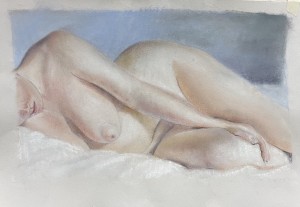
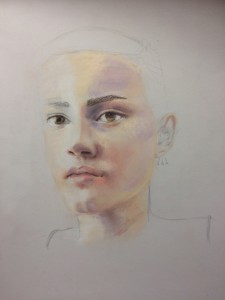
.
